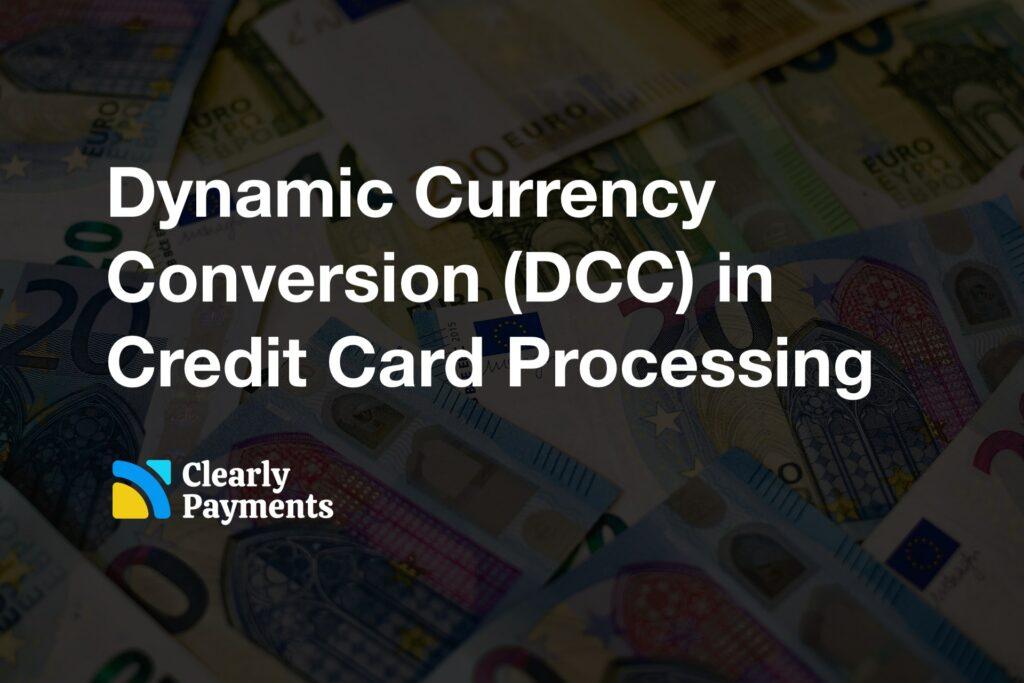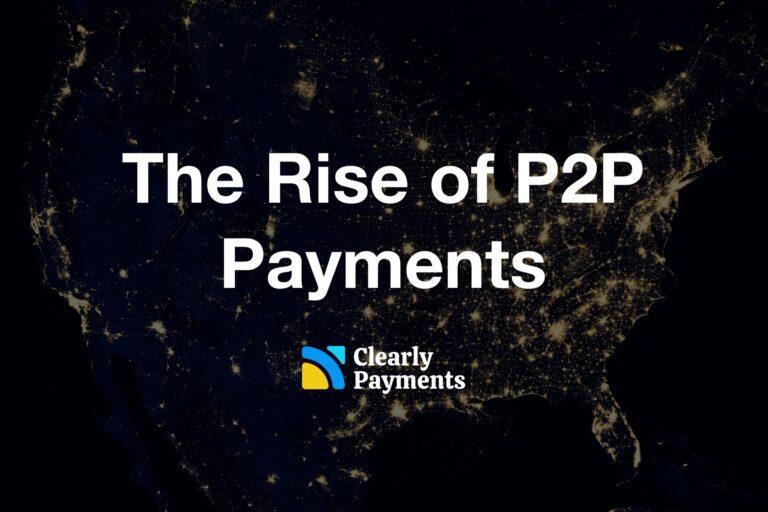When traveling abroad, using credit has become a convenient and widely accepted method of payment for travelers. With the increasing global connectivity, merchants and payment processors have introduced a service known as Dynamic Currency Conversion (DCC) to cater to the needs of international travelers. DCC offers the option to make purchases in the cardholder’s home currency instead of the local currency of the country they are visiting.
The usage of Dynamic Currency Conversion (DCC) by merchants can vary widely depending on several factors, such as the regions they operate in, the types of customers they serve, the nature of their business, and the payment methods they accept.
DCC is more commonly used in regions with high levels of international tourism and cross-border transactions. It is often seen in places like airports, hotels, restaurants, and tourist hotspots where foreign customers frequently make purchases. Additionally, merchants who primarily serve international customers or operate e-commerce platforms catering to a global audience may also offer DCC as an option for their customers.
The dynamic currency conversion experience
“Dynamic” means the conversion happens in real-time, enabling the customer to lock in the exchange rate. Without it, cardholders will be charged based on the exchange rate when the transaction is processed, typically days after the purchase. This adds a level of convenience.
The process of DCC is relatively straightforward. When a traveler makes a purchase using their credit or debit card at a merchant that supports DCC, they are given the choice to pay in the local currency or their home currency in the point-of-sale terminal (POS). If they choose to pay in their home currency, the merchant or payment processor will handle the currency conversion.
Currency conversion and exchange rate
Once the traveler opts for their home currency, the merchant or payment processor calculates the currency conversion rate for that specific transaction. This conversion rate is usually provided by the payment processor or the card network, such as Visa or Mastercard. However, it’s important to note that this rate may not always be as favorable as the rates offered by the cardholder’s issuing bank.
In addition to the conversion rate, DCC transactions often include an exchange rate markup or a conversion fee. This markup is a way for the merchant or payment processor to earn a profit from providing the currency conversion service. Unfortunately, some merchants may not fully disclose the exchange rate markup or fees, leading to a lack of transparency in the true cost of the transaction.
Pros and cons of DCC for merchants
Dynamic Currency Conversion (DCC) offers both advantages and disadvantages for merchants. Here are the main pros and cons:
Pros of DCC for Merchants:
Additional Revenue: By offering DCC, merchants can earn additional revenue through foreign exchange rate markups or fees charged to customers who choose to pay in their home currency. This can be particularly beneficial for businesses in popular tourist destinations or those with a significant international customer base.
Enhanced Customer Experience: DCC can provide convenience to international customers by allowing them to see the transaction amount in their home currency at the point of sale. This transparency can lead to a better customer experience and may increase customer satisfaction.
Reduced Chargebacks: When customers are billed in their home currency, they are less likely to dispute the charges due to foreign exchange discrepancies, reducing the risk of chargebacks for the merchant.
Competitive Advantage: Offering DCC can be a competitive advantage for merchants in international markets, as it sets them apart from competitors who do not provide this service.
Cons of DCC for Merchants:
Confusing for Customers: DCC can be confusing for some customers who may not fully understand the exchange rate or fees involved. This confusion may lead to customer complaints or dissatisfaction.
Loss of Control: By offering DCC, merchants relinquish control over the foreign exchange rate applied to the transaction. The rate is often set by the payment processor or the card issuer, and it may not always be the most favorable rate for the customer or the merchant.
Potential Lower Sales: Some customers may opt out of DCC if they are aware of additional fees or unfavorable exchange rates, leading to potential lower sales for the merchant.
Compliance and Regulatory Challenges: Implementing DCC involves adhering to various regulatory requirements, and failure to comply with these regulations can result in penalties or legal issues for the merchant.
While DCC can offer financial benefits and enhance the customer experience for certain merchants, it also comes with potential drawbacks and challenges. Merchants considering implementing DCC should carefully evaluate its impact on their specific business model and customer base before deciding to offer this service.




